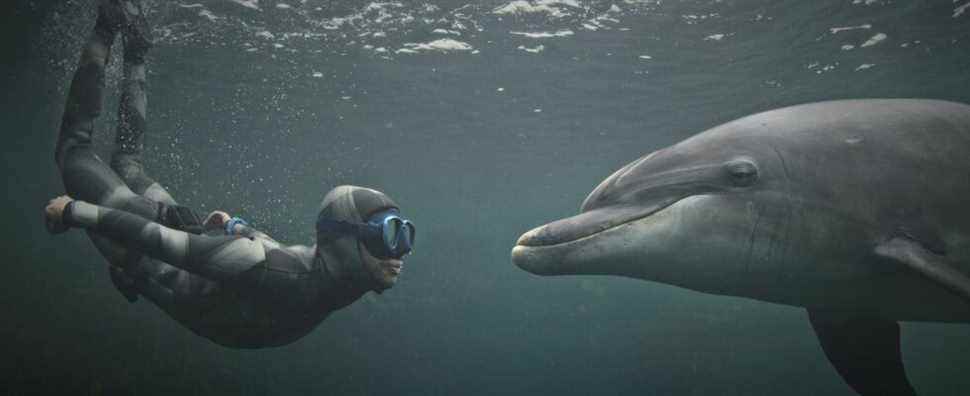This day World of Animal Intelligences was dedicated, on Saturday February 5, to the study of the cognitive capacities of our friends with legs, feathers or fins. It makes it possible to emphasize the formidable sources of inspiration for the human being, made available by nature, and whose evolution is a matter of genius.
The mineral, vegetable and animal worlds have developed forms, materials and systems, capable of the greatest things, which nevertheless seem so simple to us: to breathe, to light, to heat, to resist, and even to fly.
Biomimicry, a research and development method that draws inspiration from the ingenuity of living organisms to respond to human problems, is a source of innovation, particularly for the transport of tomorrow. Could it be in our environment that the solution to all our problems is to be found?
“No matter what industrial or technological challenge we face, there is a very good chance that nature has already found a balanced and proven answer over the millennia. This is the magic of evolution.”
Sidney Rostan, CEO of Bioxegy, French specialist in biomimicryat franceinfo

The history of aviation is full of examples. In the 19th century, Jean-Marie Le Bris, for the first human flight, aboard a glider with articulated wings, similar to the albatross, then Clément Ader, who made the first take-off on a motorized plane, the Eole, whose shape is copied from the bat…
And even today, projects frequently copy nature. Tested in November 2021, Airbus’ Fell’O Fly project imitates the V flight of wild geese: two planes fly one behind the other, which would save more than 15 billion liters of kerosene at the airport. global scale.
This interest on the part of airlines reflects the opinion of Sidney Rostan, who asserts that biomimicry would even be economically viable, relevant and beneficial to companies.
“Biomimicry has, on the one hand, this ability to respond to the notion of competitiveness and technological progress, because we will combine optimized and proven ingenuity in living things. Living things live in environments under constraint, for against which it must be competitive: it is a notion of survival.
On the other hand, when we are going to be inspired by living technologies, it is because, in one way or another, they are the result of an evolution to obtain the best performance with fewer resources required. (energy, material, etc.), precise Sydney Rostan.

This is the case of aircraft wings whose ends are raised. These “winglets” are inspired by the shape taken by the remiges of the tips of the wings of birds in flight, the shape of the blades of wind turbines result from the observation of the fins of cetaceans, certain mirrors are modeled like the eyes storks’ anti-reflective coating, or the operation of radars is modeled on the sonars of bats… Examples abound.
In the same vein, we would all like to understand how the flea manages to jump to a height of 180 times its own height, the equivalent of a man jumping the height of the Eiffel Tower. Or, knowing what secrets of longevity hides the clam, which can live 500 years, or the carp, 200 years.
What’s more, biomimicry could also lead us towards greener and more sustainable innovations. Promoting the environment is perhaps the surest way to save it since, according to researchers from the National Museum of Natural History, 100 species disappear from the planet every day, due to human activity. All this could well be at the origin of a new mass extinction on Earth.
